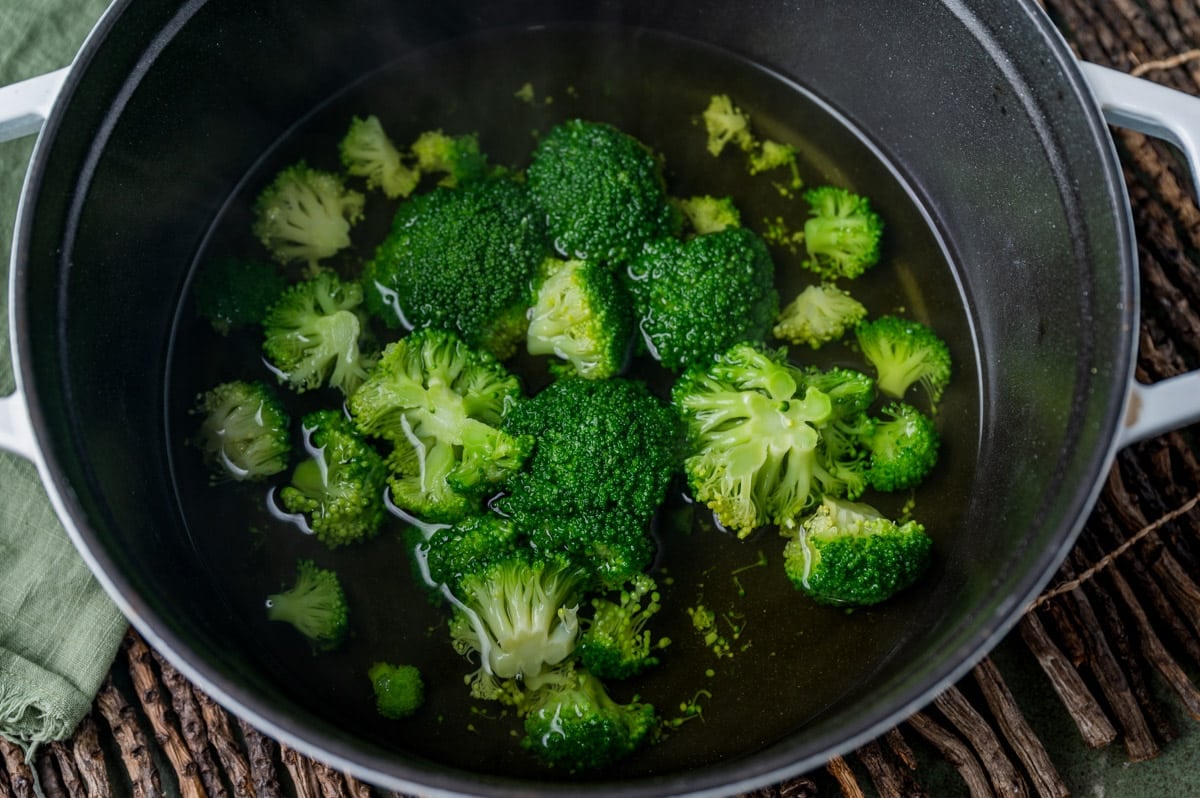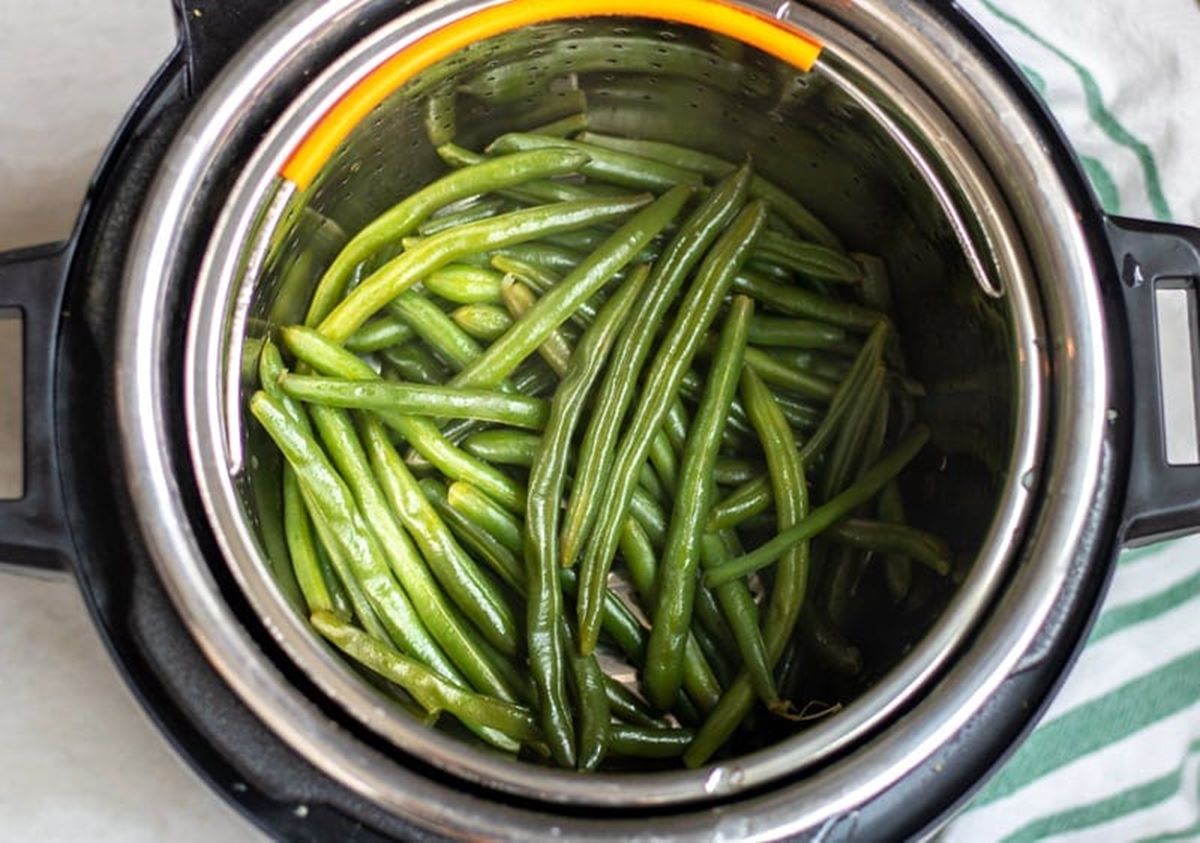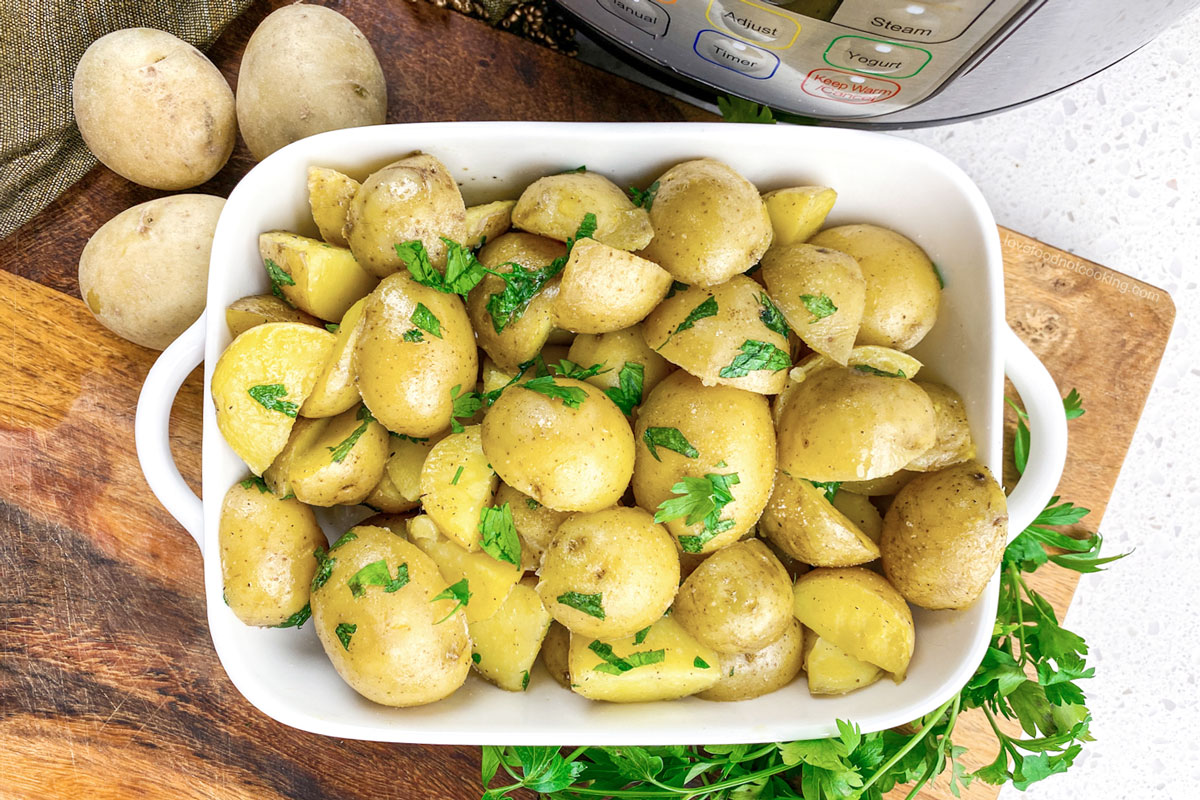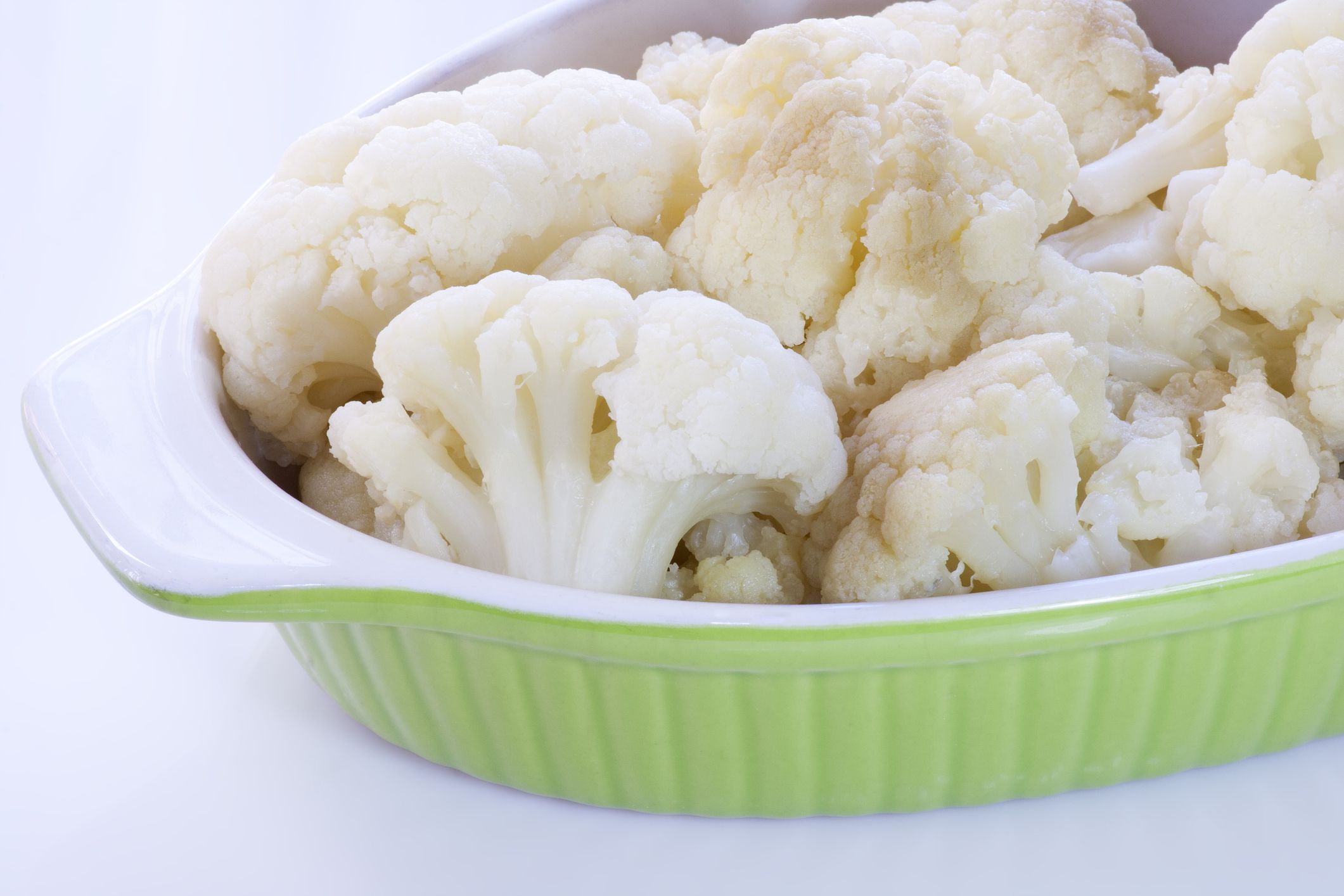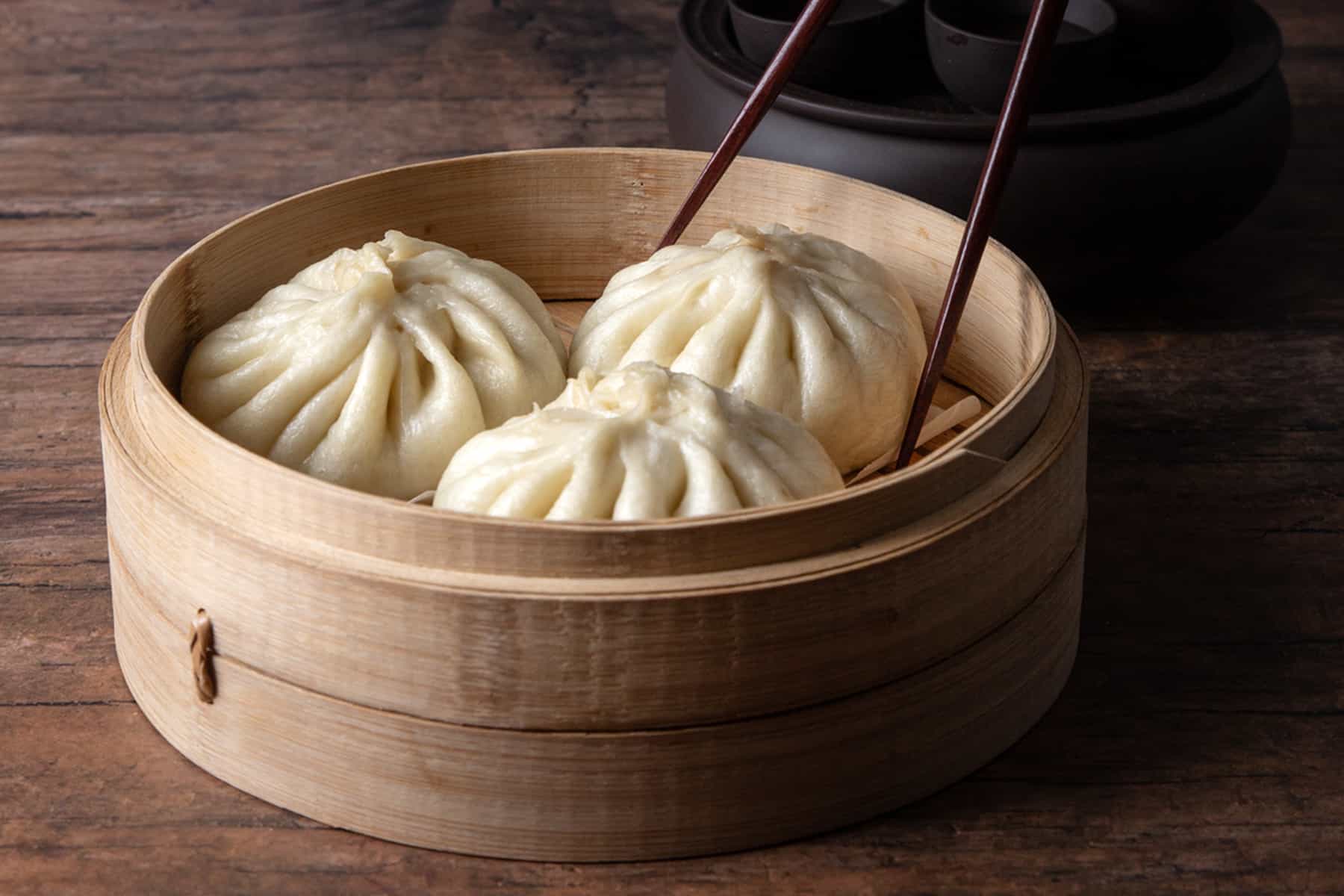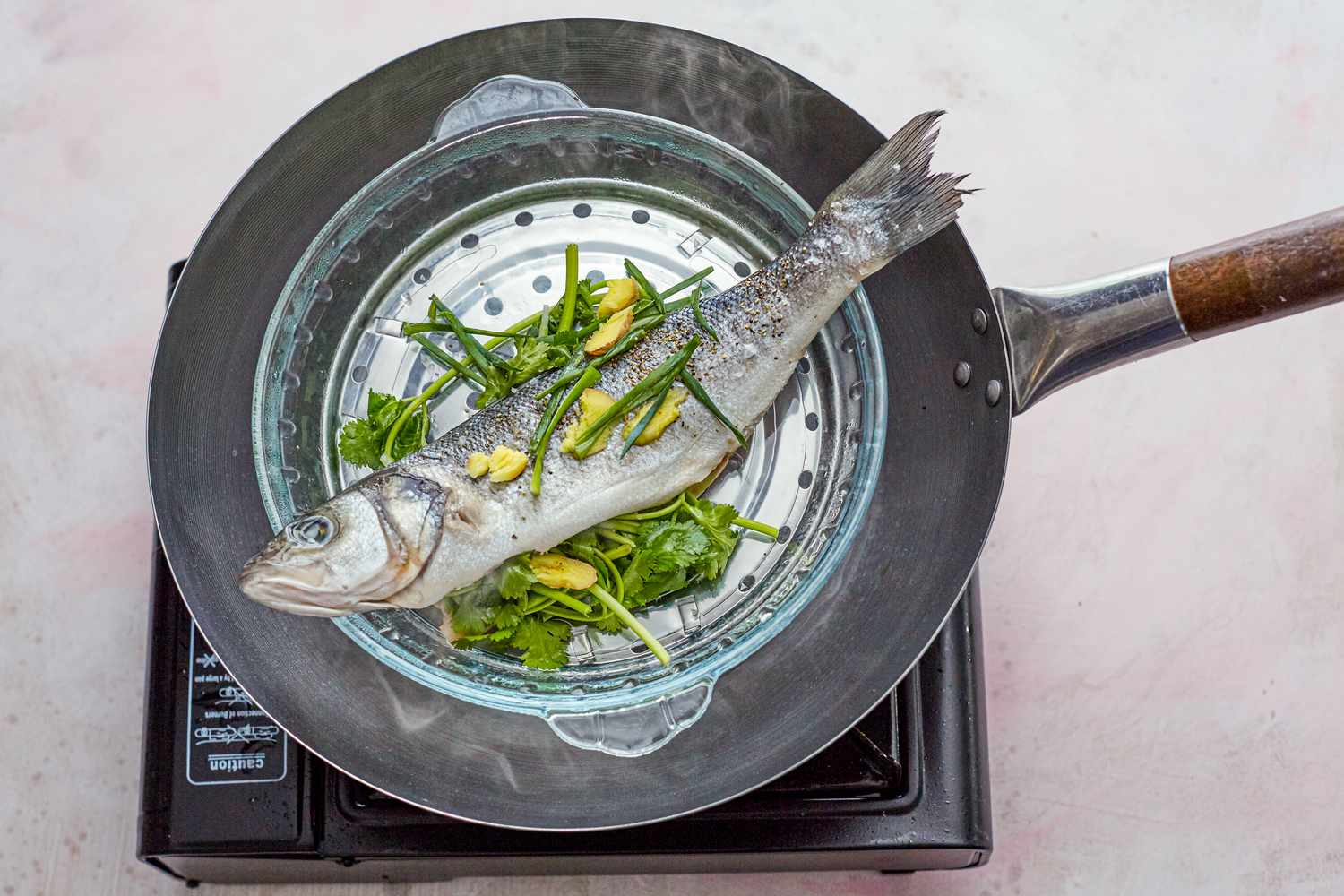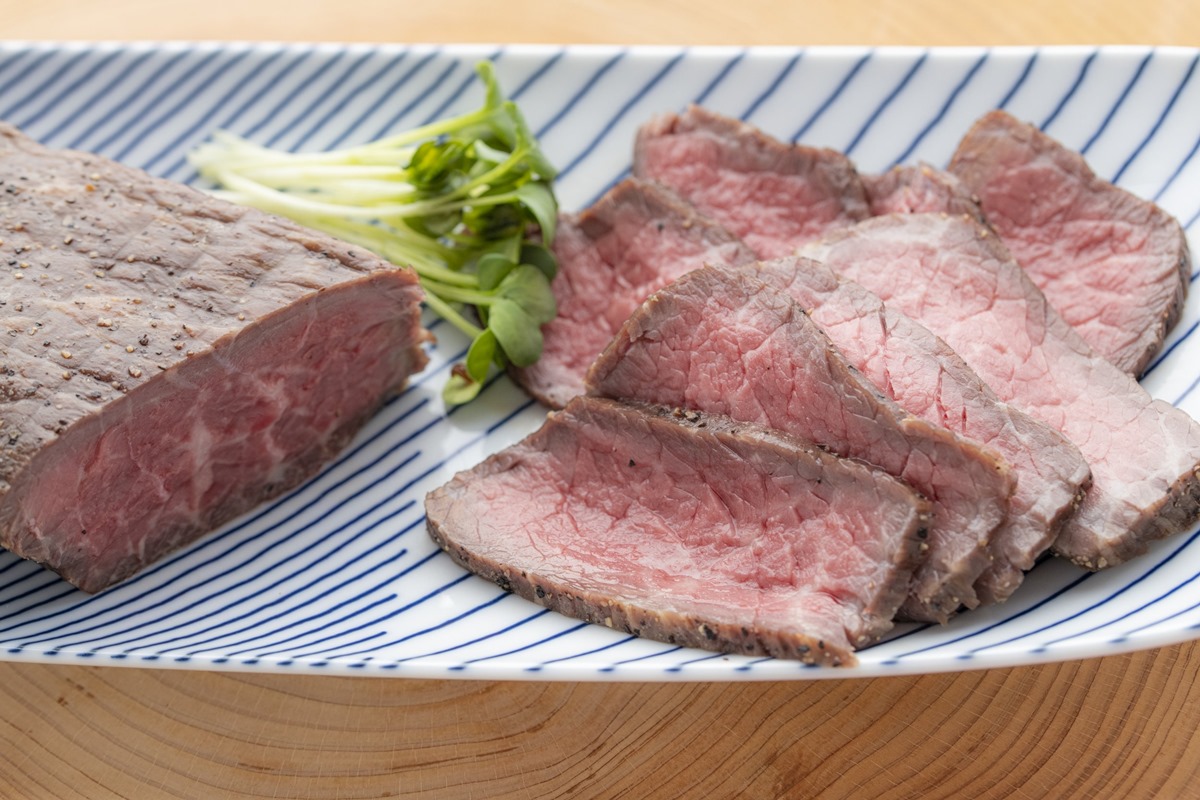How To Steam Milk For Hot Chocolate
There’s nothing quite as comforting as a steaming cup of hot chocolate on a chilly day. And while you could simply heat up some milk on the stove, steaming the milk takes that cozy drink to a whole new level. So, if you’re wondering how to achieve that deliciously creamy texture for your hot chocolate, follow these simple steps to steam milk like a pro.
Step 1: Choose the right milk
When it comes to steaming milk for hot chocolate, it’s important to choose the right type of milk. Whole milk tends to produce the creamiest and frothiest results, but you can also use skim milk or plant-based alternatives (such as almond or oat milk) if you prefer a lighter version.
Step 2: Prepare your equipment
To successfully steam milk, you’ll need a few essential tools. First and foremost, you’ll need an espresso machine with a steam wand. Additionally, make sure your milk is chilled and pour it into a metal pitcher or a heatproof glass jar with a lid.
Step 3: Steam the milk
Now comes the fun part – steaming the milk. Start by purging any excess water from the steam wand. Submerge the wand into the pitcher or jar filled with chilled milk, ensuring the tip is just below the surface.
Tips for steaming the milk:
- Position the steam wand: Aim to position the steam wand slightly off-center in the milk to create a whirlpool effect.
- Maintain the right angle: Tilt the pitcher or jar slightly to create a vortex.
- Listen for the right sound: You should hear a gentle hissing sound, which indicates that the steam is properly incorporating air into the milk.
- Monitor the temperature: Use a thermometer to ensure the milk reaches a temperature between 150°F and 160°F (65°C and 70°C). Be careful not to overheat the milk, as it can affect the flavor.
Step 4: Create latte art (optional)
If you’re feeling creative, you can take your steamed milk to the next level by trying your hand at latte art. With some practice, you can create beautiful patterns like hearts, rosettas, or even intricate designs.
Step 5: Incorporate into hot chocolate
Once you’ve successfully steamed the milk, it’s time to incorporate it into your hot chocolate. Prepare your favorite hot chocolate mix according to the instructions and then pour the steamed milk over it. Give it a good stir until well combined and enjoy your velvety smooth, perfectly steamed hot chocolate.
Now that you know how to steam milk for hot chocolate, you can elevate your cozy beverage game to new heights. Whether you prefer a classic cup of hot chocolate or a fancy flavored version, the rich and creamy texture achieved through steamed milk will undoubtedly enhance your drinking experience. So, grab your favorite mug and get steaming!
For those looking to master the art of steaming milk, this guide offers a wealth of delicious recipes to put your skills to the test. Try the Classic Hot Chocolate Recipe for a timeless treat or branch out with the Mocha Latte Recipe for a coffee-infused delight. For something a bit more festive, the Peppermint Hot Chocolate Recipe is a refreshing twist, while the Salted Caramel Hot Chocolate Recipe offers a perfect balance of sweet and savory. If you enjoy a hint of spice, the Mexican Hot Chocolate Recipe is a must-try, and for those who love autumn flavors, the Pumpkin Spice Hot Chocolate Recipe will not disappoint. Each of these recipes provides a unique spin on hot chocolate, making them perfect for experimenting with your newly acquired milk steaming skills.
Was this page helpful?
Read Next: How To Steam Hot Dog Buns In The Microwave
